Ford F250 King Ranch Review
I'm not a cowboy, farmer or gardener. I don't build or repair things. I don't own a motorcycle, skimobile, ATV or boat. If I buy something too big to fit in my SUV, I have it delivered. In other words, I'm not a pickup truck kinda guy. But when my local paper's editor asked me— a writer who considers a triple digit sprint down a German autobahn a religious event— to review a truck, I went and got me a truck: Ford's F250 "King Ranch".
I chose it for the name. Texas' privately held King Ranch is larger than my home state of Rhode Island. And so is the King Ranch pickup truck. Obviously, this four-door Super Duty variant doesn't occupy 1300 square miles of real estate. It just looks that way. Parked on a driveway, its roof clearance lights glinting somewhere in the stratosphere, the King Ranch makes an average-sized American house look puny. It's the automotive equivalent of that endlessly annoying punch line, "Everything's bigger in Texas!"
Step onto the lighted cab step, hoist yourself aboard the blue collar behemoth and you'll find yourself sitting at least a head taller than any SUV driver save a Hummerista. In terms of billeting, the Crew Cab King Ranch outflanks GM's military fugitive by a decisive margin. The big Ford's cabin can comfortably carry five clinically obese passengers, with sufficient floor space for two days' fast food rations. As long as you don't mind exposing your luggage, groceries, pram, liquor cases, etc. to the elements, or shelling out a small fortune for a protective cargo liner and lid, you couldn't ask for more accommodating accommodation.
The King Ranch's captain's chairs and rear bench justify its thematic surcharge. They're swathed in pre-distressed brown saddle leather, complete with saddlebags behind the front chairs. The OTT style suits the big rig's demeanor like a Stetson on John Wayne. Whether or not you'd be happy paying an additional $2995 to create a link between your pickup truck and a horse is an entirely private matter.
Once you've got the checkbook out, you might want to pony-up another $5085 and stick a "Power Stroke" V8 turbo-diesel into the engine bay. I suppose that depends on how much you enjoy the sound of earth moving equipment at full chat. As a former British resident alien, I've driven some of the world's most refined diesels. This ain't one of them. Still, you can't argue with 560ft. lbs. of torque– at least not with that racket in your ears. The King Ranch's six-liter power plant may only stump up 325 horses, but it's enough grunt to propel the 6270lb truck (short wheel base, 4X4, unladen, no speedboat) to 60mph in about eight seconds.
Putting that power to work in an urban environment is not for the faint of heart or short of sight. Turning this beast at an intersection requires all the patience, nerve and skill of a seasoned bus driver. Parking is equally daunting. A long wheel base King Ranch stretches 21'8" from nose to tail. The legal length of an American parking spot is 20' to 22'. To leave the King Ranch in a parking lot, you have to swing wide and start turning (and turning and turning and turning) a good 40 yards before entering your space– and it still doesn't go in straight. When you're finally finished maneuvering, the back end sticks out a country mile.
Driving the King Ranch on an open road presents a fresh set of challenges. You have to keep a constant vigil on the fish-eyed lower section of the truck's gigantic side mirrors; you could hide a King Ranch in the King Ranch's blind spot. As for handling, let's just say that the pickup's leaf spring rear suspension dates back to the horse and buggy. I reckon anyone foolish enough to fling a King Ranch around a corner should have the federally-mandated pictogram of a truck driving on its two left wheels tattooed on their forehead. Luckily, the truck's four-wheel disc brakes can haul you back to safety long before you encounter anything as dangerous as a bend.
Lucky for you, and everyone else. Like all full-size pickups, the King Ranch's titanic mass and ladder frame construction put it at the top of the list marked "vehicles car drivers don't want to be hit by". Given the increasing popularity of full-size pickups in this country, their lethality and inherent tendency to roll over like a submissive puppy, the genre's exemption from US passenger car safety standards is absurd. Still, if you're an American cowboy fantasist with a lot of stuff who drives sensibly and laughs (laconically) in the face of danger, the King Ranch and its ilk are a practical, choice. Just one piece of advice: move to Texas.
More by Robert Farago
Latest Car Reviews
Read moreLatest Product Reviews
Read moreRecent Comments
- Kjhkjlhkjhkljh kljhjkhjklhkjh A prelude is a bad idea. There is already Acura with all the weird sport trims. This will not make back it's R&D money.
- Analoggrotto I don't see a red car here, how blazing stupid are you people?
- Redapple2 Love the wheels
- Redapple2 Good luck to them. They used to make great cars. 510. 240Z, Sentra SE-R. Maxima. Frontier.
- Joe65688619 Under Ghosn they went through the same short-term bottom-line thinking that GM did in the 80s/90s, and they have not recovered say, to their heyday in the 50s and 60s in terms of market share and innovation. Poor design decisions (a CVT in their front-wheel drive "4-Door Sports Car", model overlap in a poorly performing segment (they never needed the Altima AND the Maxima...what they needed was one vehicle with different drivetrain, including hybrid, to compete with the Accord/Camry, and decontenting their vehicles: My 2012 QX56 (I know, not a Nissan, but the same holds for the Armada) had power rear windows in the cargo area that could vent, a glass hatch on the back door that could be opened separate from the whole liftgate (in such a tall vehicle, kinda essential if you have it in a garage and want to load the trunk without having to open the garage door to make room for the lift gate), a nice driver's side folding armrest, and a few other quality-of-life details absent from my 2018 QX80. In a competitive market this attention to detai is can be the differentiator that sell cars. Now they are caught in the middle of the market, competing more with Hyundai and Kia and selling discounted vehicles near the same price points, but losing money on them. They invested also invested a lot in niche platforms. The Leaf was one of the first full EVs, but never really evolved. They misjudged the market - luxury EVs are selling, small budget models not so much. Variable compression engines offering little in terms of real-world power or tech, let a lot of complexity that is leading to higher failure rates. Aside from the Z and GT-R (low volume models), not much forced induction (whether your a fan or not, look at what Honda did with the CR-V and Acura RDX - same chassis, slap a turbo on it, make it nicer inside, and now you can sell it as a semi-premium brand with higher markup). That said, I do believe they retain the technical and engineering capability to do far better. About time management realized they need to make smarter investments and understand their markets better.




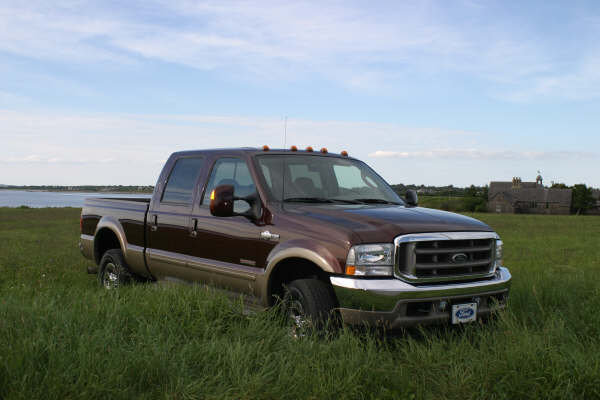
















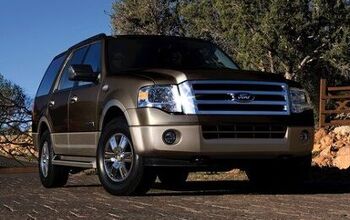
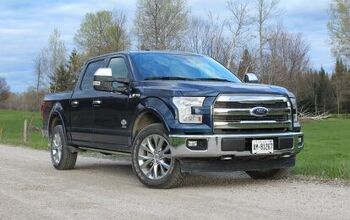
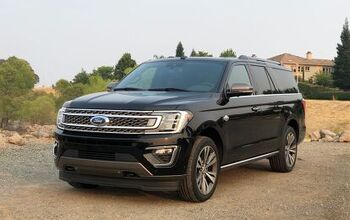
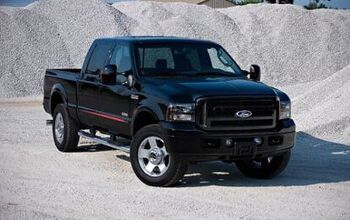










Comments
Join the conversation